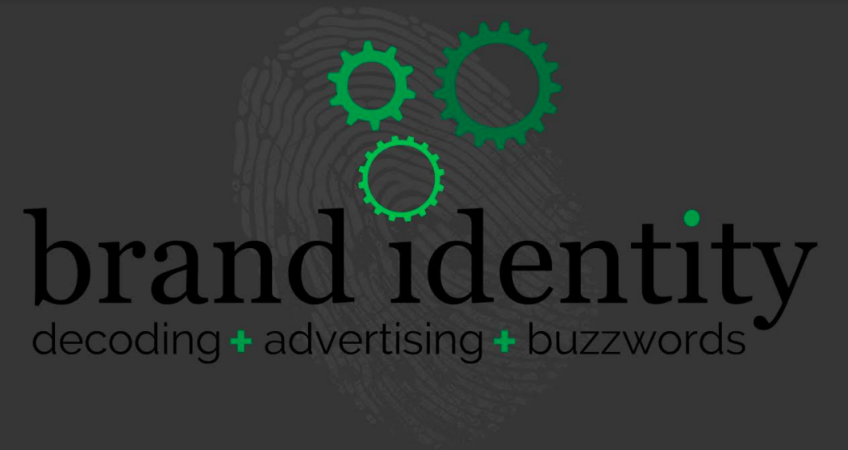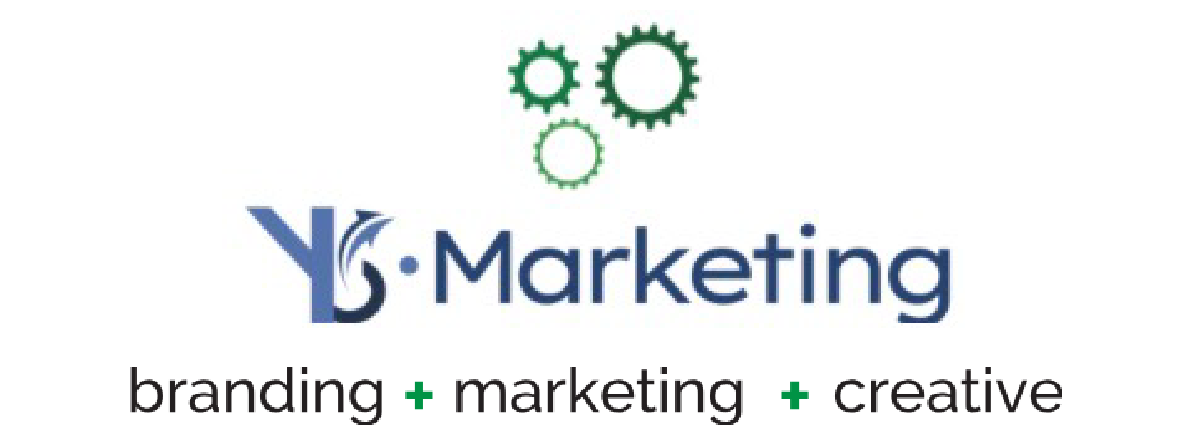
Decoding Advertising Buzzwords: Brand Identity
Every industry has its own specialized language. The marketing world, however, seems especially rife with buzzwords – some more difficult to decode that others.
In an effort to clear up any confusion someone who doesn’t work at a marketing firm might experience when phrases like “big data” or “clickbait” are thrown around, we’re going to unpack some of our most-used terminology, starting with an especially important one – brand identity.
Definition: Brand identity is the collection of all brand elements that the company creates to portray the right image of itself to the consumer.
The only way for a business to be truly successful is to stand out. In order to do that, it’s important to identify exactly what it is that sets you apart from the guy down the street.
An easy way to wrap your head around the idea of brand identity is to think of it in a personal context. There are aspects of your persona that contribute to how you identify, whether that’s where you live, what you do for work, or even your favorite sports team, we all have certain traits that define us.
It’s the same for brands.
Just like people, brands try to curate “personalities” that will appeal to their target market.
Let’s say you’ve just been hired at a new job. You want to get started off on the right foot. The trouble is, you can’t just force your new coworkers to think of you as the charming, hardworking cubicle warrior that you want to be. You need to do some work.
Whether that’s bringing in donuts for the office or pitching a great new idea, you’re curating an image for yourself.
Brands do this in a slightly different way. Things like logos, website design and marketing materials all play into a brand’s identity. You want to be recognizable to your customers.
So, where do you start?
Branding and design go hand in hand.
Everything from more advanced principles like typography to seemingly simple ones such as form and shape play into how your customer will perceive you.
As an example, let’s look at the TIME logo. It’s very traditional, and the choice of serif font plays heavily into the idea of the magazine as a respected, timeless institution.
A more modern media company, like YouTube for example, gives off a very different feel. It’s newer, sleeker. The difference? A sans-serif font.
The same can be said for other creative elements of the branding process, such as written language. What is the personality of your brand? How do you communicate that through a unique voice?
Are you warm and helpful? Irreverent and practical?
If you’re going for a welcoming feel, make sure to use simple language that everyone can understand. Stay away from jargon, and make your customer feel like they can come to you with their problems.
On the other end of the spectrum, if you want to come off as an authoritative expert, your copy will look different. Clear explanations, subtle humor, nothing too showy.
What does all this mean?
Small aspects of your brand design can make a big impact. Building an aesthetic for your company is an involved process, but worth it in the long run if you want to make a lasting impact with your target audience.
